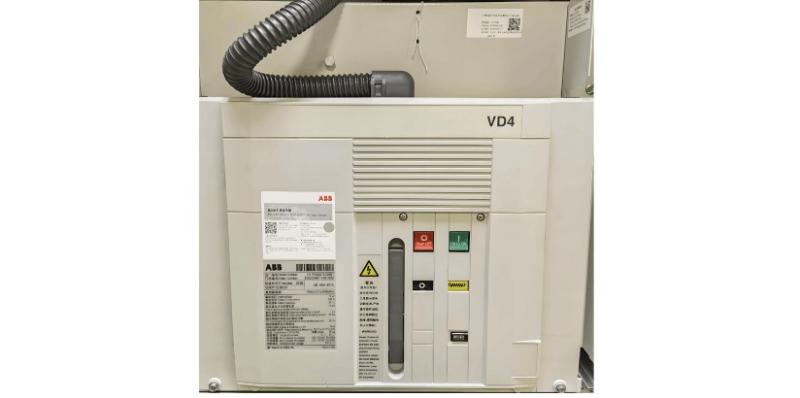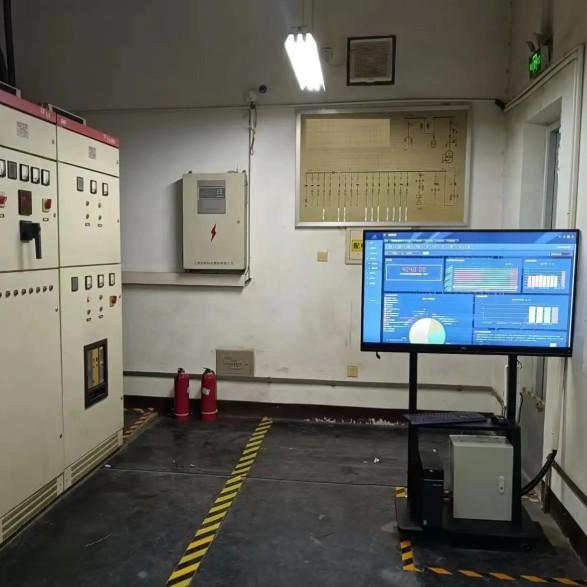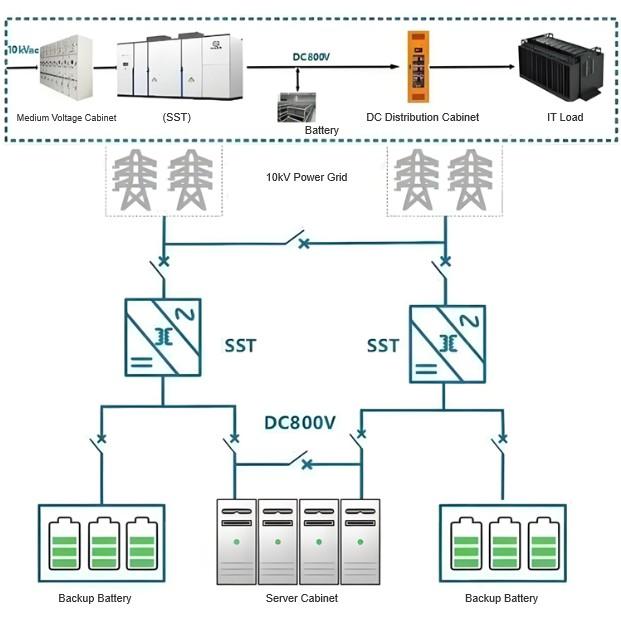- Product
- Suppliers
- Manufacturers
- Solutions
- Free tools
- Knowledges
- Experts
- Communities
Search
-
Gratis verktøy
-
IEE Business tilbyr gratis AI-drevne verktøy for elektrisk ingeniørfaglig design og strømkjøpsbudsjett: angi parametrene dine klikk beregn og få umiddelbare resultater for transformatorer kabler motorer strømtiltaksutstyrskostnader og mer – støttet av ingeniører over hele verden
-
-
Støtte og sponsring
-
IEE-Business støtter ledende løsninger bedrifter og eksperter som skaper en plattform hvor innovasjon møter verdiUtmerket teknisk kunnskapBli med og del teknisk kunnskap for å tjene penger fra sponsorerUtmerkede forretningsløsningerBli med og opprett forretningsløsninger for å tjene penger fra sponsorerUtmærkede individuelle ekspertiserVis frem din talent til sponsorer vinn fremtiden din
-
-
Samfunn
-
Bygg ditt profesjonelle nettverkFinn og koble til deg bransjekolleger, potensielle partnere og beslutningstakere for å vokse din virksomhetUtvid ditt personlige nettverkKoble til med bransjekolleger, potensielle partnere og beslutningstakere for å akselerere veksten dinOppdag flere organisasjonerUtforsk målfirmaer, samarbeidspartnere og bransjens ledere for å løse nye forretningsmuligheterJoin Diverse CommunitiesDelta i diskusjoner basert på tema, bransjeutveksling og ressursdeling for å øke din innvirkning
-
-
Samarbeid med oss
Partner
-
-
Bli med i IEE Business Partner ProgramStyrking av bedriftsvekst Fra tekniske verktøy til global forretningsutvikling
-
-
-
Norsk
-
- English
- Afrikaans
- العربية
- Azərbaycan dili
- български
- বাংলা
- Català
- Cebuano
- čeština
- Dansk
- Deutsch
- Ελληνικά
- Esperanto
- Español
- Eesti keel
- Euskara
- دری
- فارسی
- suomi
- Filipino
- français
- Gaeilge
- Galego
- Hausa
- עברית
- हिन्दी
- Hrvatski
- magyar nyelv
- հայերեն
- Bahasa Indonesia
- Íslenska
- Italiano
- 日本語
- ქართული
- Қазақ тілі
- ಕನ್ನಡ
- 한국어
- Kurdî
- Latina
- Latviešu valoda
- македонски јазик
- Bahasa Melayu
- Malti
- नेपाली
- Nederlands
- Norsk
- ਪੰਜਾਬੀ
- polski
- پښتو
- Português
- Русский язык
- සිංහල
- Slovenščina
- српски језик
- Svenska
- Kiswahili
- தமிழ்
- తెలుగు
- ไทย
- Tagalog
- Türkçe
- українська мова
- اردو
- Oʻzbek tili
- Tiếng Việt
-
Utmerkede forretningsløsninger
-
Norsk
-
- English
- Afrikaans
- العربية
- Azərbaycan dili
- български
- বাংলা
- Català
- Cebuano
- čeština
- Dansk
- Deutsch
- Ελληνικά
- Esperanto
- Español
- Eesti keel
- Euskara
- دری
- فارسی
- suomi
- Filipino
- français
- Gaeilge
- Galego
- Hausa
- עברית
- हिन्दी
- Hrvatski
- magyar nyelv
- հայերեն
- Bahasa Indonesia
- Íslenska
- Italiano
- 日本語
- ქართული
- Қазақ тілі
- ಕನ್ನಡ
- 한국어
- Kurdî
- Latina
- Latviešu valoda
- македонски јазик
- Bahasa Melayu
- Malti
- नेपाली
- Nederlands
- Norsk
- ਪੰਜਾਬੀ
- polski
- پښتو
- Português
- Русский язык
- සිංහල
- Slovenščina
- српски језик
- Svenska
- Kiswahili
- தமிழ்
- తెలుగు
- ไทย
- Tagalog
- Türkçe
- українська мова
- اردو
- Oʻzbek tili
- Tiếng Việt
-
Gratis elektriske kalkulatorer
Utmerkede forretningsløsninger























